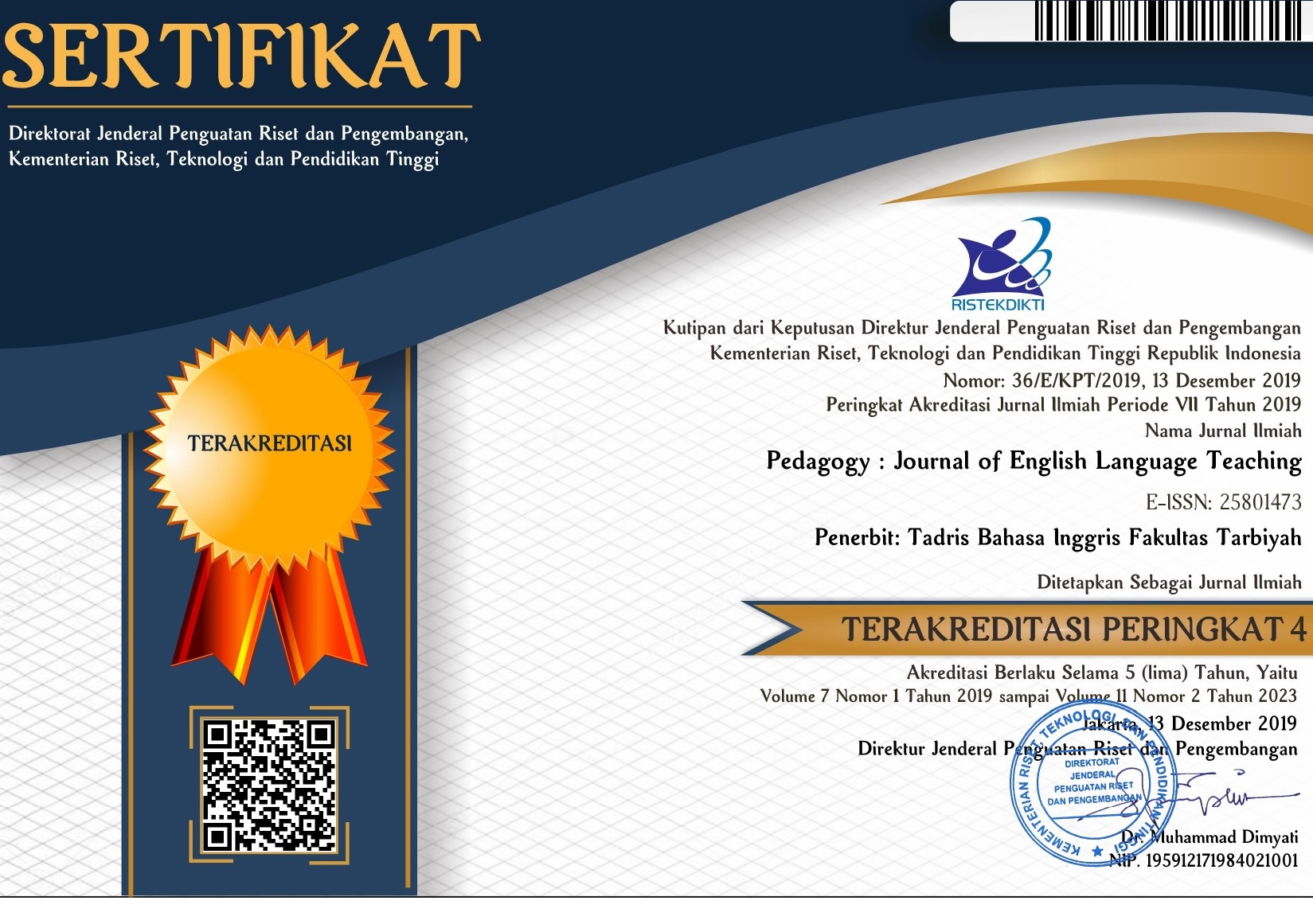Factors Influencing Speaking Anxiety of FLSP Freshmen
DOI:
https://doi.org/10.32332/joelt.v10i2.5254Keywords:
anxiety, foreign language anxiety, Foreign Language for Specific Purpose (FLSP), speaking skillAbstract
Anxiety is one of the biggest challenges that has harmed language development. Among the four-language skill, speaking is the most anxiety-provoking skill. This present article aims to identify the factors influencing freshmen’s speaking anxiety in Foreign Language for Specific Purpose (FLSP) class. The researcher conducted a case study with a descriptive qualitative approach. Moreover, 20 FLSP freshmen in the communication science department participated in this study. The data was collected using a close-ended and open-ended questionnaire of the Foreign Language Speaking Anxiety Scale (FLSAS) derived from Horwitz et al. (1986). The result exposed that the primary factor influencing freshmen speaking anxiety is “fear of negative evaluation,” followed by “test anxiety” and “communication apprehension.” This study ends with implications to assist the educator in fostering speaking and providing students with a positive environment to effectively support them in overcoming anxiety feelings.
















